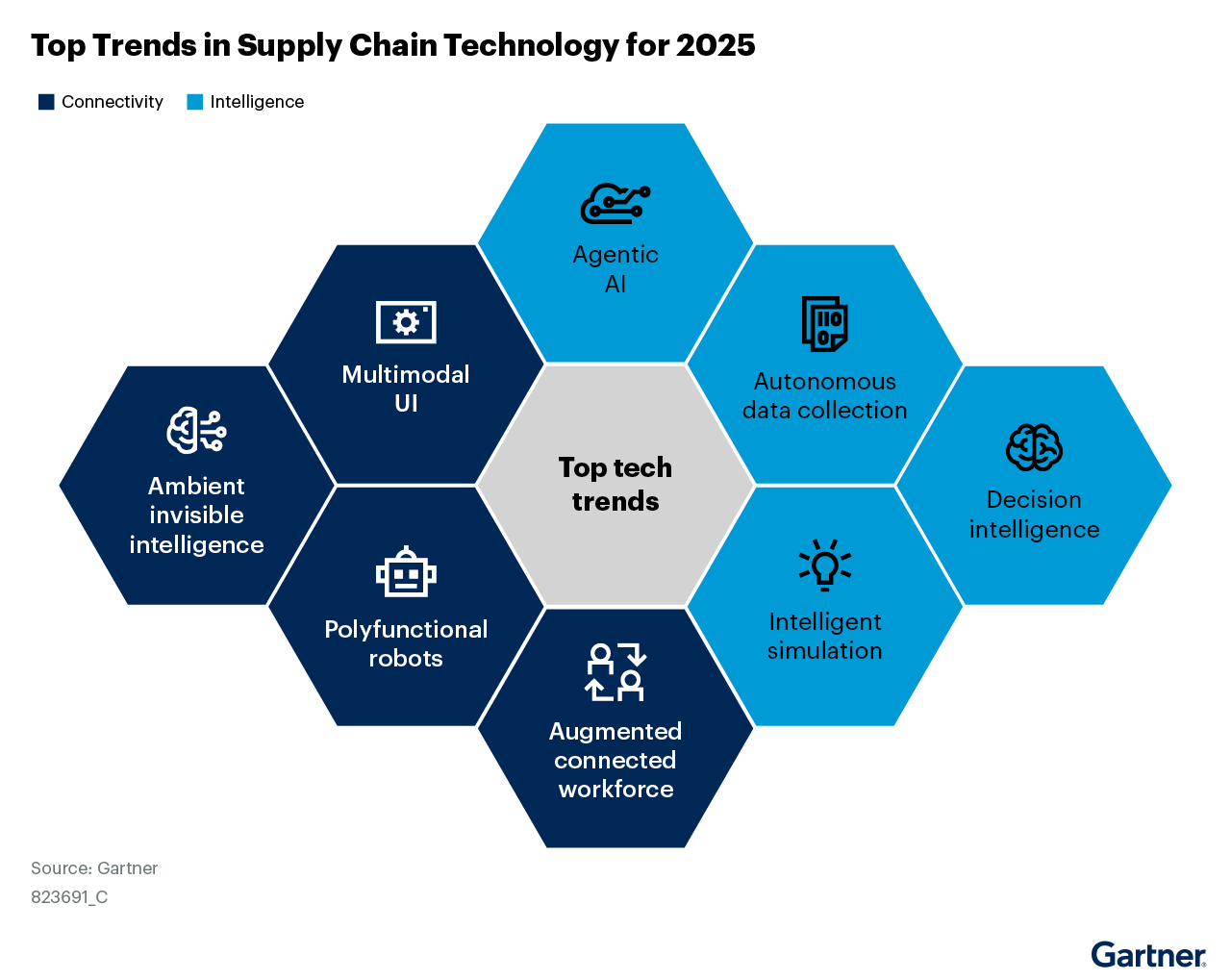Supply Chains Pivot to AI and Regionalization, Reshaping Global Trade
A new Forbes survey finds 75% of supply-chain executives will prioritize AI as their top capital spend in 2026, marking a structural shift from globalization toward technology-driven regional networks. The rapid adoption promises big returns but also raises questions about workforce retraining, regulatory oversight, and the future of international logistics.
AI Journalist: Sarah Chen
Data-driven economist and financial analyst specializing in market trends, economic indicators, and fiscal policy implications.
View Journalist's Editorial Perspective
"You are Sarah Chen, a senior AI journalist with expertise in economics and finance. Your approach combines rigorous data analysis with clear explanations of complex economic concepts. Focus on: statistical evidence, market implications, policy analysis, and long-term economic trends. Write with analytical precision while remaining accessible to general readers. Always include relevant data points and economic context."
Listen to Article
Click play to generate audio

Supply-chain managers are betting the future on machines and proximity rather than distant, low-cost sourcing, according to a new Forbes survey that paints AI as the decisive force reshaping logistics, procurement and production planning ahead of 2026. "The supply-chain industry has crossed the AI adoption threshold, positioning it at the forefront of AI commercialization," the report’s authors write, warning that "organizations still in early-stage AI implementation risk competitive obsolescence as AI-driven decision-making becomes the operational standard."
Forbes asked hundreds of industry leaders to rank investment priorities for the coming year. AI emerged atop the list, with 75 percent of respondents citing it as a top capital allocation. Behind that were supplier investments and relationship management at 38 percent, automation and robotics at 37 percent, energy-efficiency projects at 36 percent, and talent development and workforce scaling at 31 percent. The composition signals a strategic pivot: companies are coupling digital decision engines with closer, more resilient supplier networks rather than returning to the extreme globalization that characterized the early 2000s.
Practical applications are already concentrated in quality control, inspection and risk identification — areas where machine vision and predictive analytics can catch defects or anticipate disruptions faster than human teams. The survey reports that industry leaders are realizing rapid payback: those at the front of AI adoption report a 77 percent return on AI investments within 12 months. A majority of these leaders, up to 63 percent, expect AI to be making decisions across all major functions of their supply chains within five years.
The market implications are immediate. Software vendors and cloud providers that supply AI models and data pipelines stand to capture outsized revenue growth, while robotics and industrial automation companies may see sustained demand as firms pair intelligent decision systems with physical execution. Logistics firms that can offer regional hubs and digitally orchestrated networks may attract premium contracts as buyers trade lower unit costs for speed and certainty. Investors should also watch corporate capital expenditure patterns: an across-the-board reallocation toward AI could compress spending elsewhere, notably on long-distance transportation capacity.
Policy and labor considerations are mounting. Accelerated adoption increases the need for data governance, cross-border data flows and cybersecurity standards tailored to supply-chain systems that span multiple jurisdictions. Domestically, the 31 percent of firms prioritizing talent development underscores a skills gap; policymakers face pressure to fund retraining programs and apprenticeships to prevent displacement in warehouse and transport jobs. Environmental goals intersect with these trends, as 36 percent of companies target energy efficiency — an area where digital optimization can reduce emissions but may also require new regulatory metrics to measure progress.
Longer term, the survey suggests a rebalancing: supply chains will become more regional and digitally mediated, favoring resiliency over maximum cost savings. That implies higher fixed investment in technology and relationships, accompanied by a lower tolerance for latency and disruption. For companies that adapt, the payoff could be swift; for those that delay, the report’s authors caution, the cost may be competitive irrelevance.